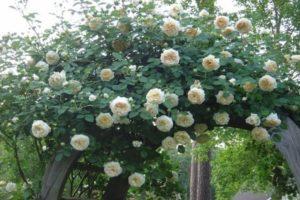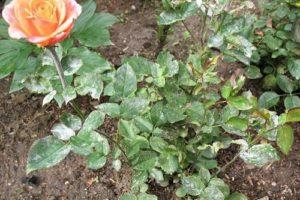Description and characteristics of the Sphinx rose, planting and care rules
The Sphinx rose is a beautiful ornamental crop that is very popular with gardeners. In order for the plant to develop normally and bloom magnificently, it is recommended that it provide full and high-quality care. It should include timely watering, fertilization, pruning. Protecting crops from diseases and pests is also important.
History of creation and description of the variety
Rose Sphinx Gold was bred in 1997 in Holland. The culture was created by Prego Royalty BV. The author of the variety is Theodorus A. Segers.
The bushes of this variety are compact in size and do not exceed 70 centimeters in height. The flowers have a medium-double texture and resemble a flattened bowl. Each bud contains up to 40 petals that are slightly curved outward. The diameter of the blossoming flower is 8-9 centimeters.
The plant has strong and straight stems, on which there are practically no thorns. Each peduncle is decorated with only 1 bud. The first flowers appear in mid-June. At the same time, flowering continues almost until frost.
Advantages and disadvantages
The main advantages of culture include the following:
- undemanding care;
- drought tolerance;
- resistance to frequent precipitation;
- high frost resistance;
- excellent decorative properties.
The main disadvantage of the plant is its susceptibility to the development of diseases. If agrotechnical recommendations are violated, the culture may suffer from powdery mildew or other pathologies.

The specifics of growing a plant
In order for the plant to develop normally, it is recommended to properly care for it. For this, it is worthwhile to carry out planting work correctly.
When to plant
The plant can be planted in spring or autumn. It is best to do this in mid-September or early October. It is not recommended to plant a crop earlier, since it can give new shoots that will not have time to get stronger by winter. You should not plant a rose too late either, since it will not have time to take root by the arrival of frost.
Location
This rose prefers sunny areas. When grown in the shade, the crop will not thrive. The plant is distinguished by its exactingness to the composition of the substrate. It develops well in loamy soil.
It is best to choose moisture-absorbing and breathable soil.
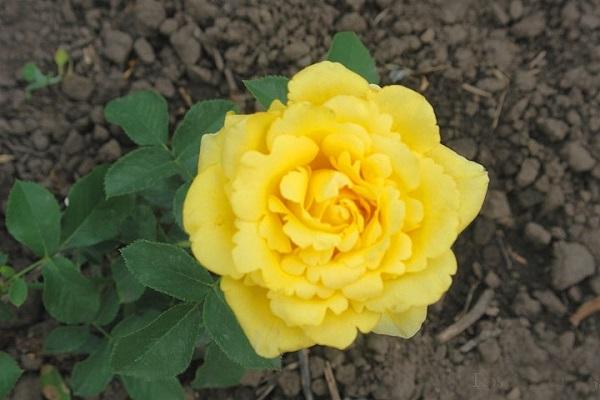
Selection of seedlings
To succeed in growing a crop, you should pay attention to the choice of seedlings. It is best to give preference to plants with a closed root system.When planting such a bush, it is recommended to preserve the soil around the roots.
Planting process
The plant needs a hole of such a size that the roots feel free. In fertile soil, a depression of 50 centimeters is sufficient.
In order for the culture to develop well, the pit should be filled with a nutrient mixture. To do this, use humus, compost or rotted manure. It is recommended to ensure that the fertilizer does not come into contact with the roots of the rose. Therefore, they should be sprinkled with soil.

It is recommended to deepen the seedling into the hole so that the grafting area is located 5 centimeters below ground level. After that, the earth should be tamped and watered.
Then huddle the plant by 10-15 centimeters. After a couple of weeks, the slide can be removed.
The subtleties of flower care
For the normal development of culture, it is recommended to properly care for it. To do this, water and feed the plant in a timely manner.
Watering and fertilizing
It is recommended to water roses once a week. In dry weather, the soil can be moistened 2 times more often. 1 bush requires 1 bucket of warm water. It is important to pour the liquid under the root, avoiding it on the leaves. Water should fall into the ground by at least 20-30 centimeters. Otherwise, there is a risk of surface roots that are easily damaged.
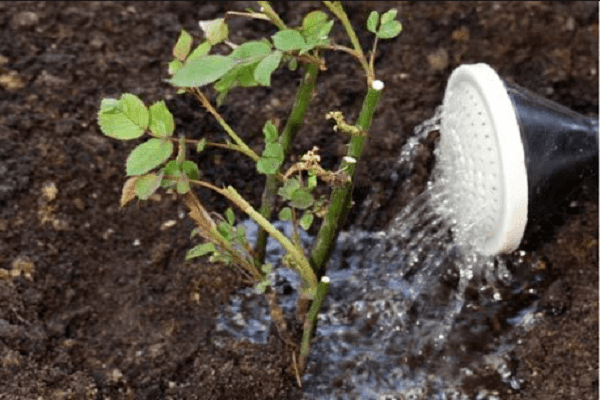
During the budding period, the plant needs a calcium nitrate solution. For 10 liters of water, take 1 tablespoon of fertilizer. During the active growth of the culture, it is recommended to water it with herbal infusion. It is also permissible to use mineral fertilizers or chicken manure.
Pruning and preparing for the winter season
Shoots of the culture that are directed inward are recommended to be cut. This activates the appearance of young shoots and stimulates lush flowering. It is important to remove faded flowers. This will help bring about a new wave of bloom.
It should be borne in mind that in the first year of life, it is recommended to remove all inflorescences from the plant. This will help to achieve a longer and more lush flowering next year.
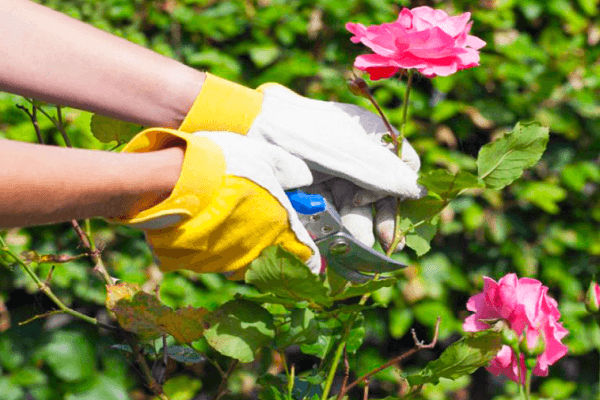
The plant is considered very hardy. It is able to withstand temperatures down to -23 degrees. However, despite this, the bush must be insulated. For this it is worth using spruce branches. An equally good option would be nonwoven fabric.
Diseases, pests and methods of dealing with them
Under the influence of unfavorable weather factors, there is a risk of developing powdery mildew. To avoid these problems, use a baking soda solution. For its preparation, it is recommended to take 40 grams of baking soda per 1 liter of water. It is worth spraying the culture 2-3 times a week.
There is also a risk of aphid damage to the rose. In simple cases, it is enough to spray the plant with soapy water. If this does not help, it is worth using insecticidal preparations - for example, Aktara.

Rose propagation methods
To propagate a rose, you should use the following methods:
- Budding. To do this, make a T-shaped incision on the bark of the trunk near the surface of the earth. It is recommended to place a bud of a cultivar in it and fix it with a film.
- Seed method. This breeding method is used very rarely, as it requires appropriate knowledge and skills. This method does not preserve the characteristics of the mother plant. In addition, rose seeds are characterized by low germination.
- Layers. To use this method, it is recommended to cut the shoot and place a chip in the cut. Put this part of the branch into the ground and fix it. After root formation, the shoot can be separated from the main plant.
- Cuttings. This is a popular breeding method. A stalk is a fragment of a strong shoot. It is recommended to cut it off near the leaf bud and germinate.To get good results, it is worth using growth stimulants. After the roots appear, the bush is moved into the ground.
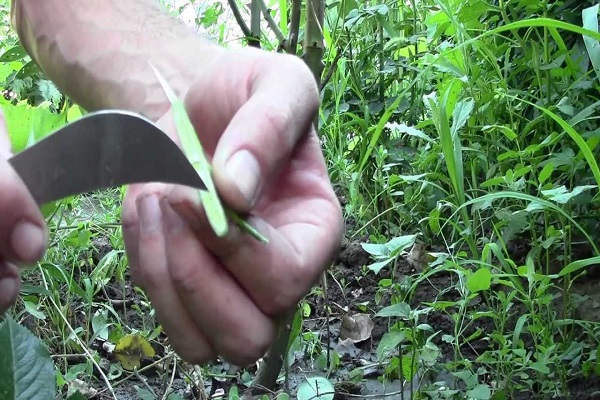
Use cases
This plant is suitable for single and group plantings. The Sphinx rose can be combined with small evergreen crops. Plantings with the participation of fragrant herbs and cereals look very attractive.
A rose of this variety can be used to decorate flower beds and borders. The plant is planted near the front of the house or gazebo. Also, flowers of culture are often used by florists to create spectacular compositions.
The Sphinx rose is a beautiful ornamental plant that is often used in landscaping. In order to achieve the full development of a culture and get a lush and abundant flowering, it is important to provide it with comprehensive care.
